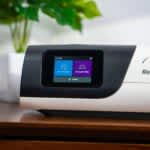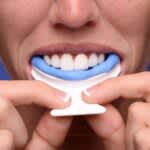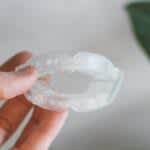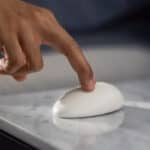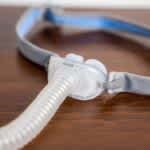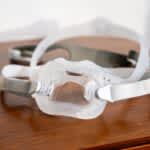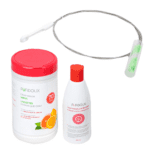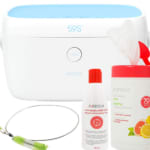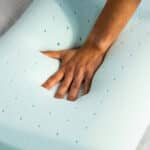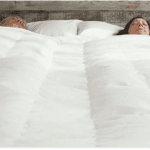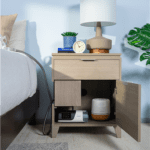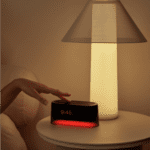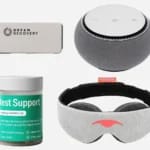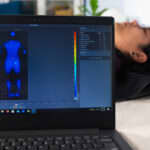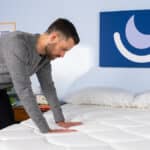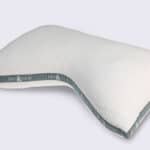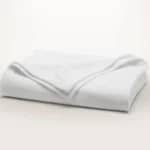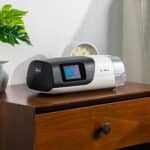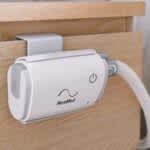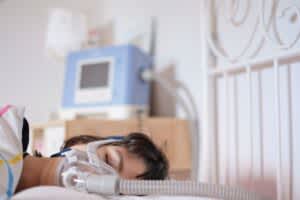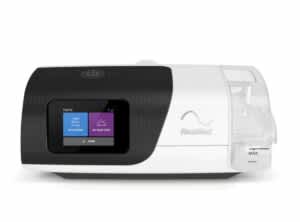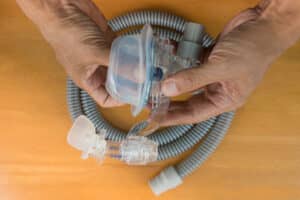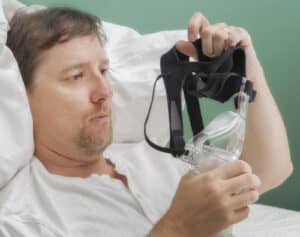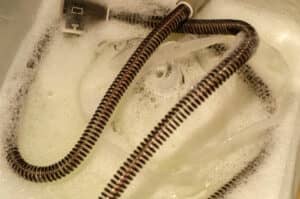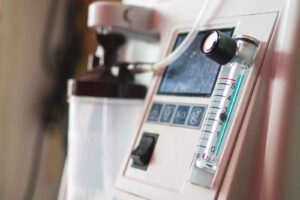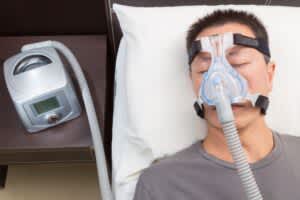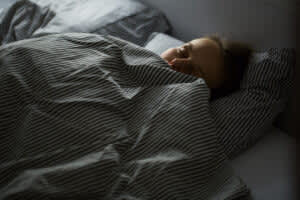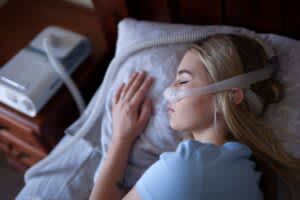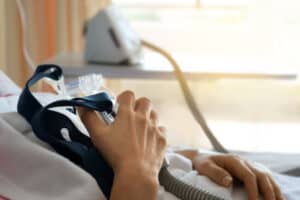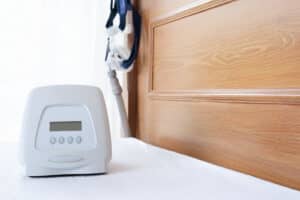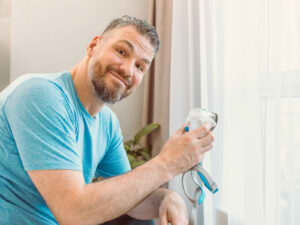Medical disclaimer: The following content should not be used as medical advice or as a recommendation for any specific supplement or medication. It is important to consult your health care provider prior to starting a new medication or altering your current treatment.
Continuous positive airway pressure (CPAP) machines are a common treatment for sleep apnea, a condition characterized by shallow or halted breathing during sleep. While CPAP therapy can be highly effective on its own, doctors sometimes recommend that a person also receive oxygen therapy during sleep. In these cases, CPAP therapy can be adapted for simultaneous use with a device that delivers supplemental oxygen.
It’s common for people to have questions about the differences between CPAP machines and devices that provide oxygen therapy. We’ll compare these devices, examine circumstances when they may be used at the same time, and discuss methods of combining the two therapies.
CPAP Therapy vs. Oxygen Therapy
CPAP therapy and oxygen therapy are both treatments for conditions that affect breathing. While sometimes used simultaneously, CPAP machines and oxygen delivery systems differ in their purpose, function, and design.
CPAP therapy involves using a bedside CPAP machine that sends pressurized air through a hose and a mask. The pressurized air helps to normalize breathing by preventing tissues in the upper airway from narrowing or obstructing airflow to the lungs.
A CPAP machine is one type of positive airway pressure (PAP) device. Other types include BiPAP and APAP machines.
- APAP: Automatic positive airway pressure machines have the added ability to auto-titrate, meaning they use sensors and algorithms to sense changes in a person’s breathing and adjust the pressure as needed.
- BiPAP: Rather than sending pressurized air at a constant level like a CPAP device, a bilevel positive airway pressure (BiPAP or BPAP) machine delivers one set pressure when a sleeper inhales and a lower pressure level when they exhale. Some BiPAP devices have advanced algorithmic modes that respond to breathing patterns.
Oxygen therapy involves using a tank or an oxygen concentrator that delivers oxygen-enriched air through tubing and into a person’s airway. This therapy is used for medical conditions that cause a person to have low levels of oxygen in their blood. Unlike CPAP therapy, oxygen therapy does not keep the airway open during sleep.
Can You Use Oxygen With a CPAP Machine?
CPAP devices can be adapted to be used at the same time as oxygen therapy. Doctors may recommend both treatments when a person needs support to keep their airway open during sleep while also requiring supplemental oxygen.
There are several ways that an oxygen system can be connected to a CPAP machine. One method involves a bleed-in connector, which is a small adapter that is attached to CPAP tubing. The connector has a special port where a person can attach a tube from their oxygen system. Alternatively, some heated CPAP hose models have integrated oxygen connectors, and some older CPAP masks have built-in oxygen ports.
If you’ve been prescribed both a CPAP machine and supplemental oxygen, speak with your doctor about the best method of combining the therapies based on your specific needs.
Which Medical Conditions Are Treated Using CPAP With Oxygen?
There are several medical conditions that may be treated using a combination of CPAP and oxygen therapy.
- Chronic obstructive pulmonary disease (COPD): COPD, which includes emphysema and chronic bronchitis, is a term for a group of lung conditions that interfere with breathing. Although not everyone with COPD requires both CPAP and oxygen therapy during sleep, this combination may be recommended for those with high levels of carbon dioxide in their blood.
- Overlap syndrome: Some people are diagnosed with both COPD and obstructive sleep apnea (OSA), a condition called overlap syndrome. Because people with overlap syndrome may need pressurized air to keep the upper airway open in addition to receiving supplemental oxygen, doctors often recommend combining CPAP and oxygen therapy.
- Central sleep apnea (CSA): CSA is an uncommon form of sleep apnea in which a person experiences shallow breathing or brief pauses in breathing during sleep due to problems in the part of the brain that controls respiration. Doctors may combine PAP therapy and supplemental oxygen when a person diagnosed with certain types of CSA also has low blood oxygen levels during sleep.
- Heart failure: Heart failure happens when the heart has trouble pumping blood through the body. Heart failure can cause a person to develop a type of CSA called Cheyne-Stokes breathing, which involves alternating periods of hyperventilation and shallow or halted breathing. Nighttime use of both CPAP and oxygen therapy may be recommended for people with Cheyne-Stokes respirations who have low blood oxygen.
Experts do not recommend oxygen therapy on its own for people with OSA, the most common form of sleep apnea. While oxygen therapy has been studied as an alternative to CPAP, it’s not clear if this approach is effective. If CPAP isn’t working or isn’t tolerated, treatment options for people with OSA include oral appliances and sleep apnea surgeries.
What Types of Oxygen Systems Are Used With CPAP Machines?
There are three types of prescription oxygen systems that can be used with a CPAP machine: oxygen concentrators, liquid oxygen tanks, and compressed oxygen tanks. All three oxygen systems are available in stationary and portable models, and each has unique benefits and drawbacks.
Oxygen Concentrators
An oxygen concentrator is a device that draws in the surrounding air and separates oxygen from other gasses. Oxygen concentrators don’t require refills, but they must be plugged into a power outlet or portable battery.
Benefits
- Doesn’t need to be refilled
- Typically the least expensive option over the long term
- FAA-approved concentrators can be used during flights
Drawbacks
- Requires a power source
- Systems can be noisy
- A generator or additional oxygen tank needed in case of power outage
Oxygen Tanks
Oxygen tanks store oxygen for use. Depending on the type of system, oxygen is either stored as a gas or as a liquid. Oxygen tanks don’t need electricity, but they do require regular refills.
Benefits
- Doesn’t require electricity
- Available in various sizes
- Liquid oxygen lasts longer than battery-powered oxygen concentrators
Drawbacks
- Tanks can be heavy
- Requires regular refills
- Liquid oxygen diminishes even when not in use
Frequently Asked Questions
Oxygen therapy is not recommended for most people who use a CPAP machine, and supplemental oxygen should only be combined with CPAP therapy under the guidance of a doctor. Getting too much or not enough oxygen can be dangerous and cause severe health issues.
Oxygen therapy alone is not a recommended treatment for obstructive sleep apnea. Doctors may prescribe oxygen therapy for some people with central sleep apnea, sometimes in conjunction with PAP therapy.
There are multiple ways to connect a CPAP machine to an oxygen system. Bleed-in connectors add oxygen at one end of the CPAP hose, while certain masks have an added port for oxygen delivery. People prescribed supplemental oxygen and CPAP therapy should talk to their doctor about the best way to connect their devices.
References
The Sleep Doctor Forum: Real Experiences, Real Connections
Continue the discussion on the Sleep Doctor Forum. Connect with experts and fellow forum members on CPAP, sleep apnea, and all things sleep. A priceless resource that’s free to join.

